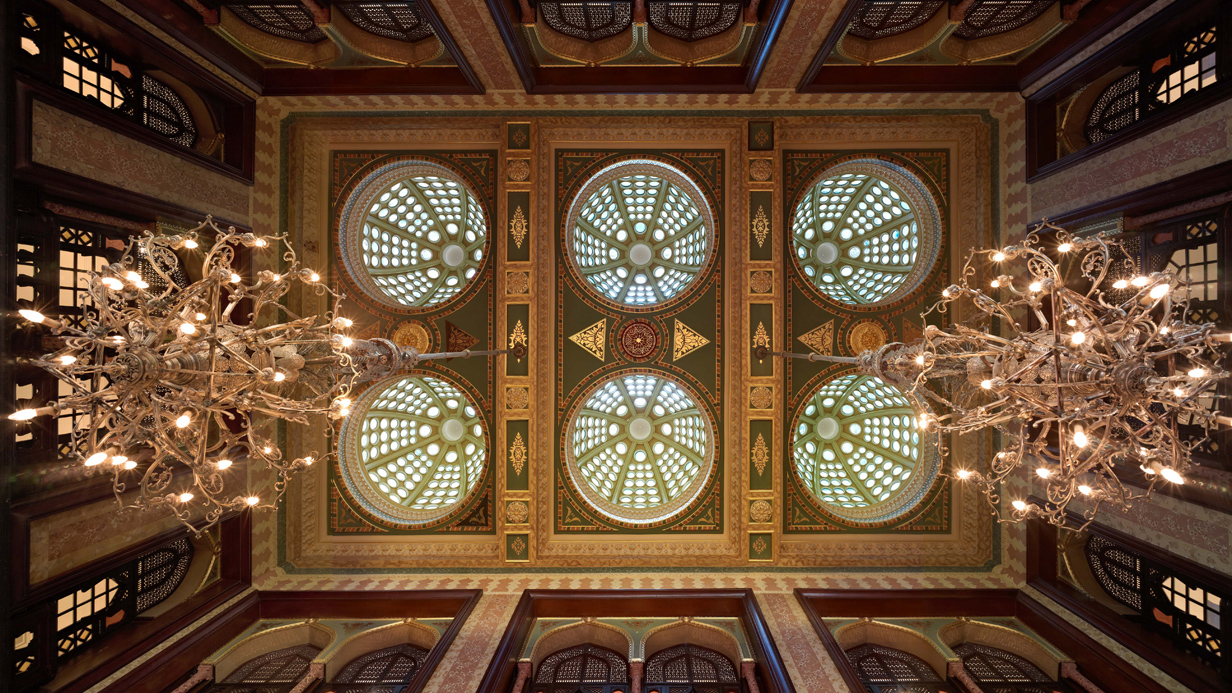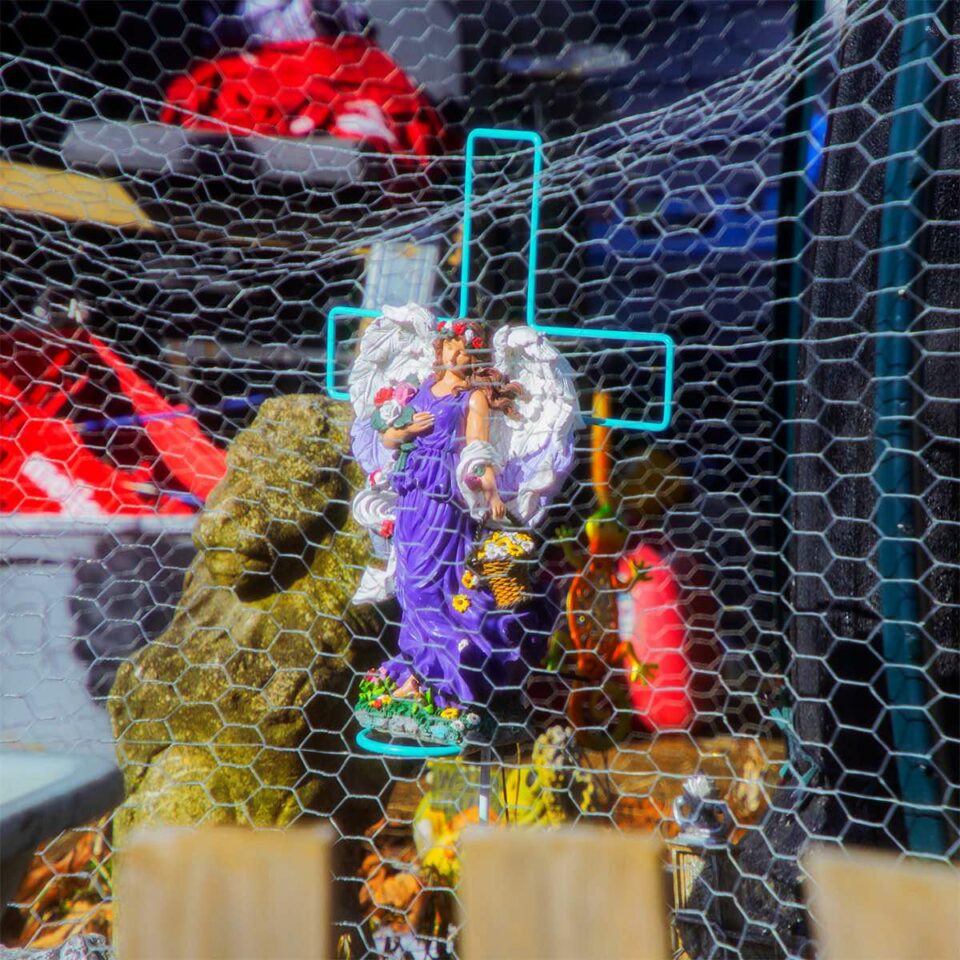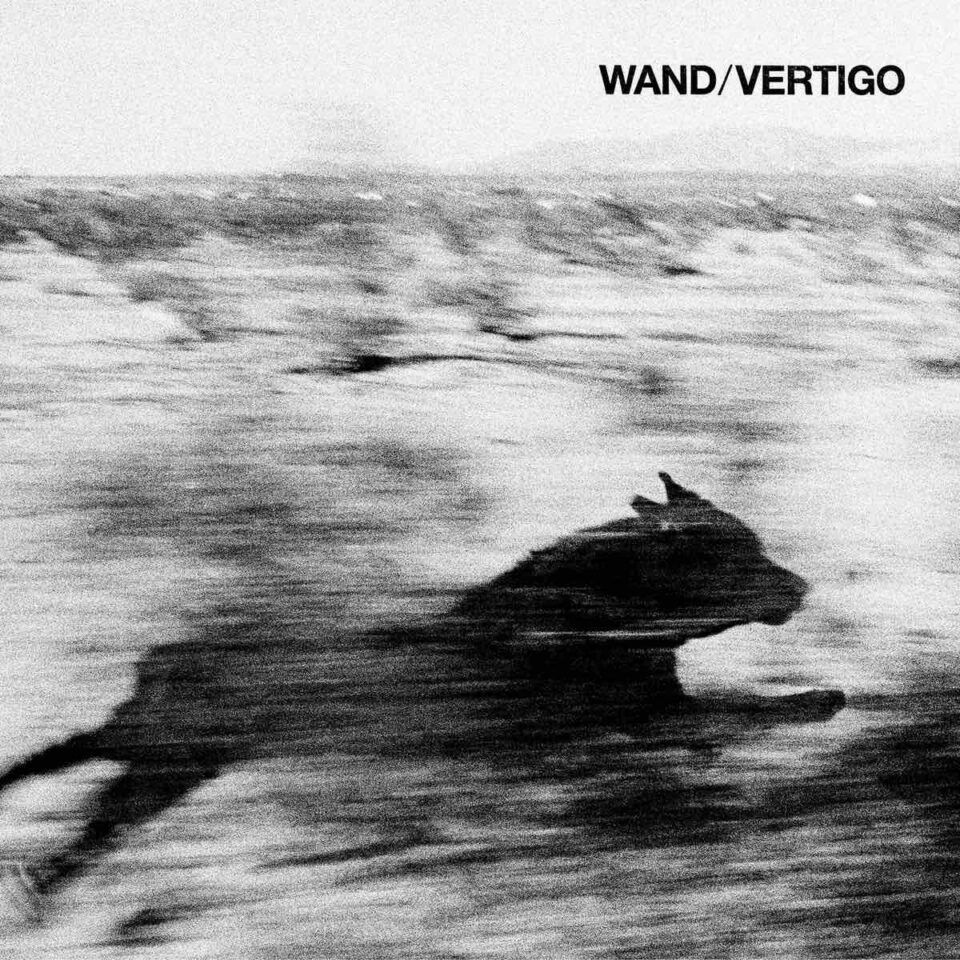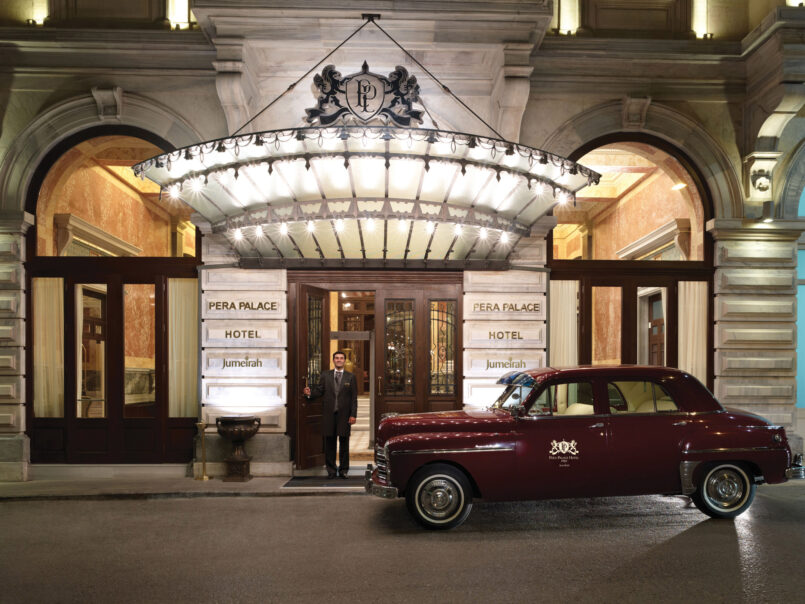If you’ve never had the pleasure of direct involvement in a “pepper gas” incident, let this sentence forever stand as testament: that shit really does work.
And so it was that we found ourselves during a recent Istanbul nightcrawl standing outside some trendy nightspot in the Pera district (which, it must be said, was peddling the same awful ’80s musical kitsch as so many BKNY hipster bars—apparently there’s no escaping it). At around 2 a.m., and without warning, an invisible and fully airborne noxious cloud engulfed us, boring into those most vulnerable bits of our bodies (eyes, lungs, possibly brains) as dozens of frantic party people scattered like Shih Tzus in a tsunami.
We never did discover the cause of the incident, which, naturally, only served to imbue it with a bit of that delicious old Cold War-style intrigue that one might hope to occasionally encounter in this part of the world.
And, indeed, what a city of intrigue it has been—due in no small part to the geographical position of its mother nation.
The trouble with so much mingling of policy and moral authority is that it generally works out to about 7% morals and 93% authority.
Turkey, as most fourth grade students know, sits at the pivot of the Eastern and Western worlds (whatever Kipling might have told you, the twain do in fact meet here) and has, for the last decade-plus, had to cagily mediate the tensions inherent in both a jittery, quasi-righteous American foreign policy and its own internal secular/Muslim pendulum. The trouble, of course, with so much mingling of policy and moral authority is that it generally works out to about 7% morals and 93% authority.
But tensions take their cultural forms as well. Istanbul’s utterly glorious Pera Palace, where we Americans were invited to lay our heads, is one of those hotels that have become part of the historical allure of their respective cities (think the Ritz in Paris or the Chelsea in New York). It was built in 1892 to accommodate passengers arriving at the last stop on the glamorous Orient Express rail route and subsequently became occasional home to literary giants including Hemingway and Agatha Christie, the latter of whom has a suite named in her honor. It is also now part of the glitzy international hotel group Jumeirah.
Right across the way is the newest outpost of the also-very-international media playground known as Soho House. Should you require enlightenment as to its ranking on the global trendometer, its splashy opening party was populated by the likes of Paloma Faith, Pixie Geldof, Jamie Dornan, Nick Grimshaw, and that freshly minted Oscar recipient Eddie Redmayne (who may yet someday have an SH suite named for him).
Just two years earlier, the very sort of international development fervor that made the new Soho House possible culminated in a plan to build a soulless shopping mall over the beloved Gezi Park—which happens to be near the same historic Beyoğlu neighborhood as both hotels. The construction scheme erupted into impassioned citizen protests, which were then violently put down by operatives of the increasingly controversial Prime Minister Recep Tayyip Erdogan (whom The Economist seems to have finally stopped referring to as “mildly Islamist”).
Ethnicity just doesn’t seem to matter much to how the city actually goes about its daily rotations.
And yet, our visit to Istanbul enlightened us as to what a distinctly cosmopolitan and welcoming city it actually is. Buzzy, modern retail districts exist in harmony with wonderfully archaic grand bazaars. Charmingly craggy fish markets feed the well-turned-out patrons of the city’s many trendy seafood restaurants. And, perhaps most viscerally, one can go days without actively considering whether the people one meets are Christian, Muslim, European, Asian—it just doesn’t seem to matter much to how the city actually goes about its daily rotations.
There very well might be some symbolism in the geographical coziness of the Pera Palace and its new Soho House neighbor. The former was built because Istanbul was on the glitterati heat map in 1892; the latter was built because Istanbul is on the glitterati heat map in 2015. In between, the modern nation of Turkey was born, after being torn apart by the same First World War that ravaged so many nations in the two hemispheres it straddles. So it’s telling that the country now finds itself locked in many of the same ideological struggles as numerous other Western powers exactly a century later.
Will Soho House’s parade of famous guests afford it the same historical allure as the Pera Palace 120 years from now? Tough call. But if we haven’t all blown ourselves into oblivion by then, it’s a safe bet that Istanbul will still be feeling the opposing tugs of East and West.
And just for the record, when we checked into the Pera Palace, no one inquired as to our religious or political affiliations. FL











